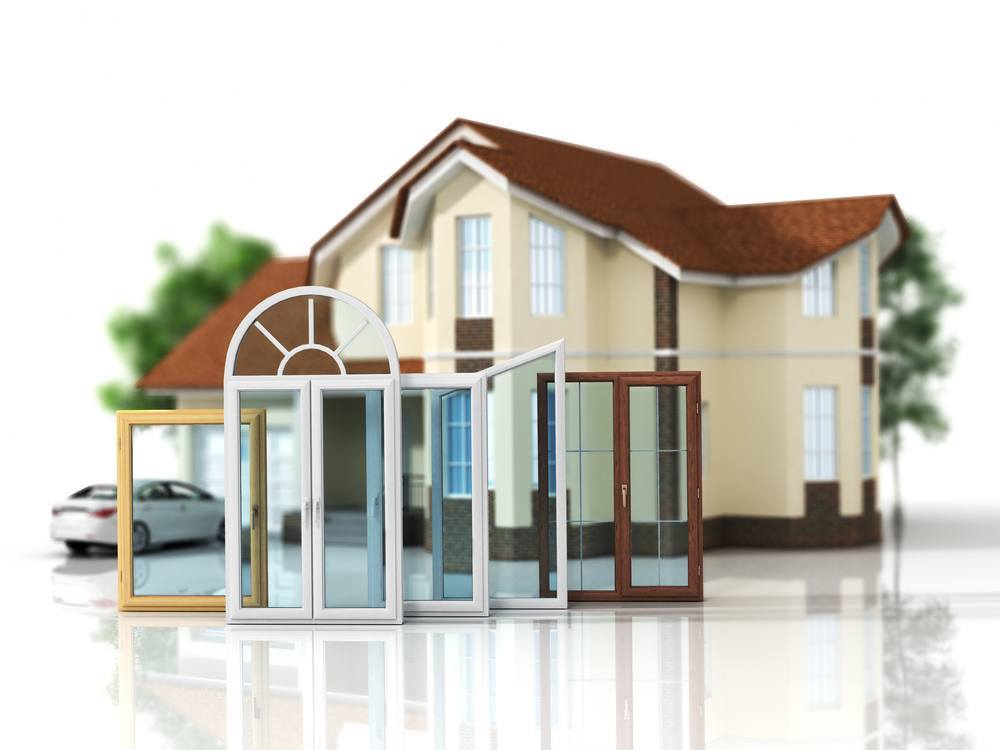 We’ve all heard the saying that you only get one chance to make a first impression. As a person walks into your home, the entryway gives visitors a first impression of what the rest of your home is like. A well-designed entryway should create a warm, inviting atmosphere and set the tone for the rest of your home’s decor. But with so many different areas of your home to decorate, the entryway often gets treated as an afterthought. Or for many people, their entryway is so small, decorating it can be a challenge.
We’ve all heard the saying that you only get one chance to make a first impression. As a person walks into your home, the entryway gives visitors a first impression of what the rest of your home is like. A well-designed entryway should create a warm, inviting atmosphere and set the tone for the rest of your home’s decor. But with so many different areas of your home to decorate, the entryway often gets treated as an afterthought. Or for many people, their entryway is so small, decorating it can be a challenge.
Livening up your entryway doesn’t have to be hard! Here are a few easy ways to help make your home’s entrance a little more inviting:
Hang It Up
One complaint many homeowners have about entryways is that they can seem like magnets for clutter. As people walk in, they’ll take off their coats, set down their bags, and leave their shoes behind, so it doesn’t take long for an entryway to start looking messy. Things like coat racks and wall-mounted hooks can be extremely helpful in keeping your entryway looking neat and tidy. If you don’t have much space to work with in your entryway, wall-mounted hooks can be particularly effective since they help keep clutter under control without taking up any of your floorspace.
Have a Seat
When a person walks into your home, there’s a good chance the first thing they’ll want to do is take off their shoes. Since not all shoes can easily be slipped off, it’s very helpful to have a place to sit down. A single chair will work just fine, but many people like to put benches in their entryways. Not only do they give people a place to sit down as they take off or put on their shoes, boots and shoes can easily be stored under a bench, keeping them from cluttering up the rest of the floor.
Rugs and Mats
Most people don’t intend to bring dirt, water, or mud inside with them as they come in the house, but it will inevitably happen, no matter how careful a person is. Having an absorbent mat with a rubberized bottom near your door will help prevent water, snow, and mud from getting tracked in through your house. If you have hardwood floors in your entryway, a mat like this will help prevent your floors from being damaged by moisture. Even if you don’t have hardwood floors, but do have floors that can be slippery, having a mat by your entryway will prevent people from slipping and falling.
While mats are more utilitarian, decorative rugs can serve a lot of purposes in an entryway. A long runner rug can help lead guests into your home. Rugs can also help to define your entryway as being its own distinct area, which is helpful if your home has an open floor plan and your entryway blends right into another area of your home.
Mirrors
One of the best things any entryway can have is a mirror. Before walking out the door, many people like to take one last look in the mirror before they leave, so having one in your home’s entryway is certainly something many people will appreciate. But if your entryway is pretty small or doesn’t have much lighting, mirrors are a great way to help make the space seem brighter, larger, and more open. Mirrors can also add a fantastic decorative touch!









